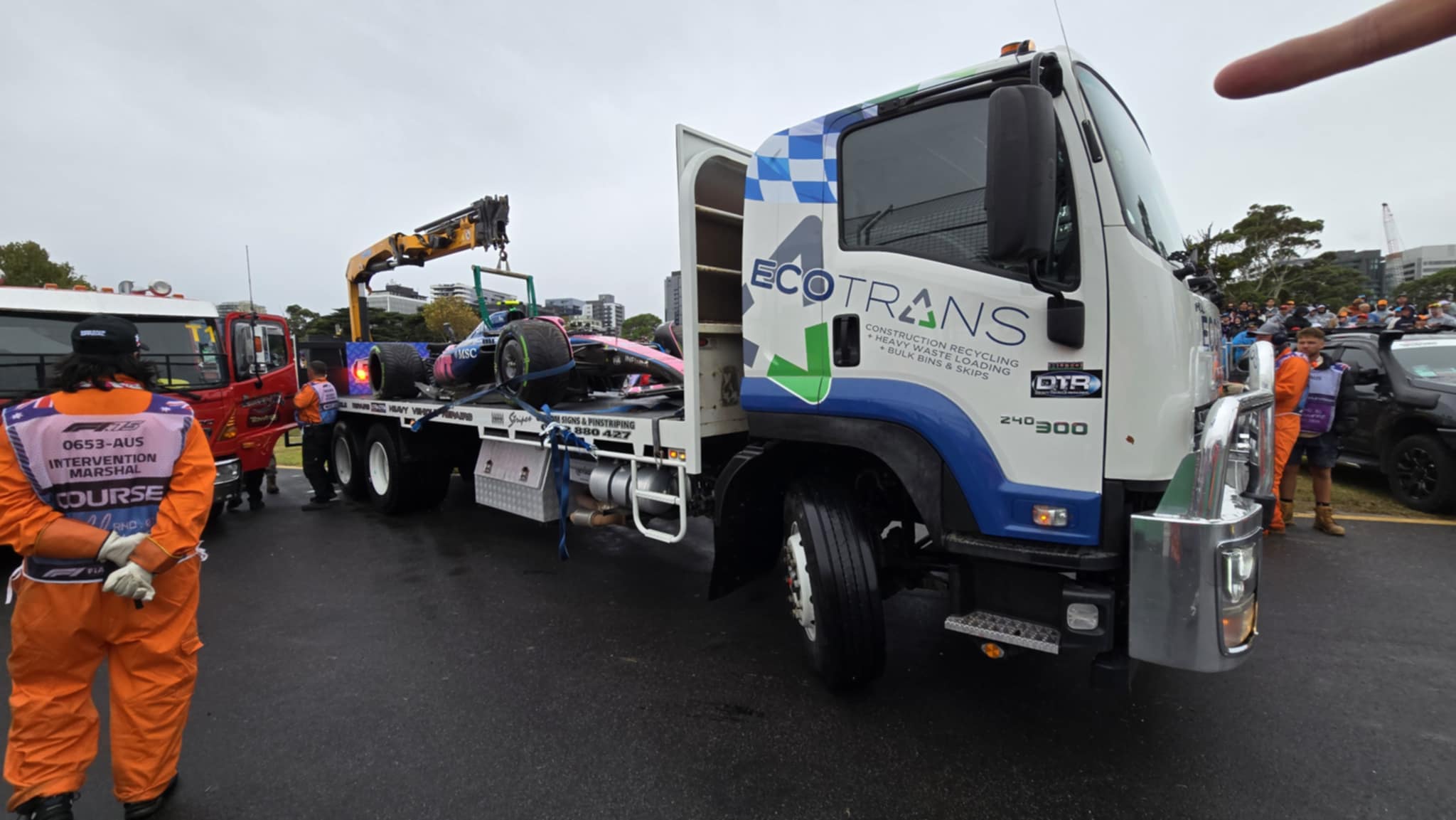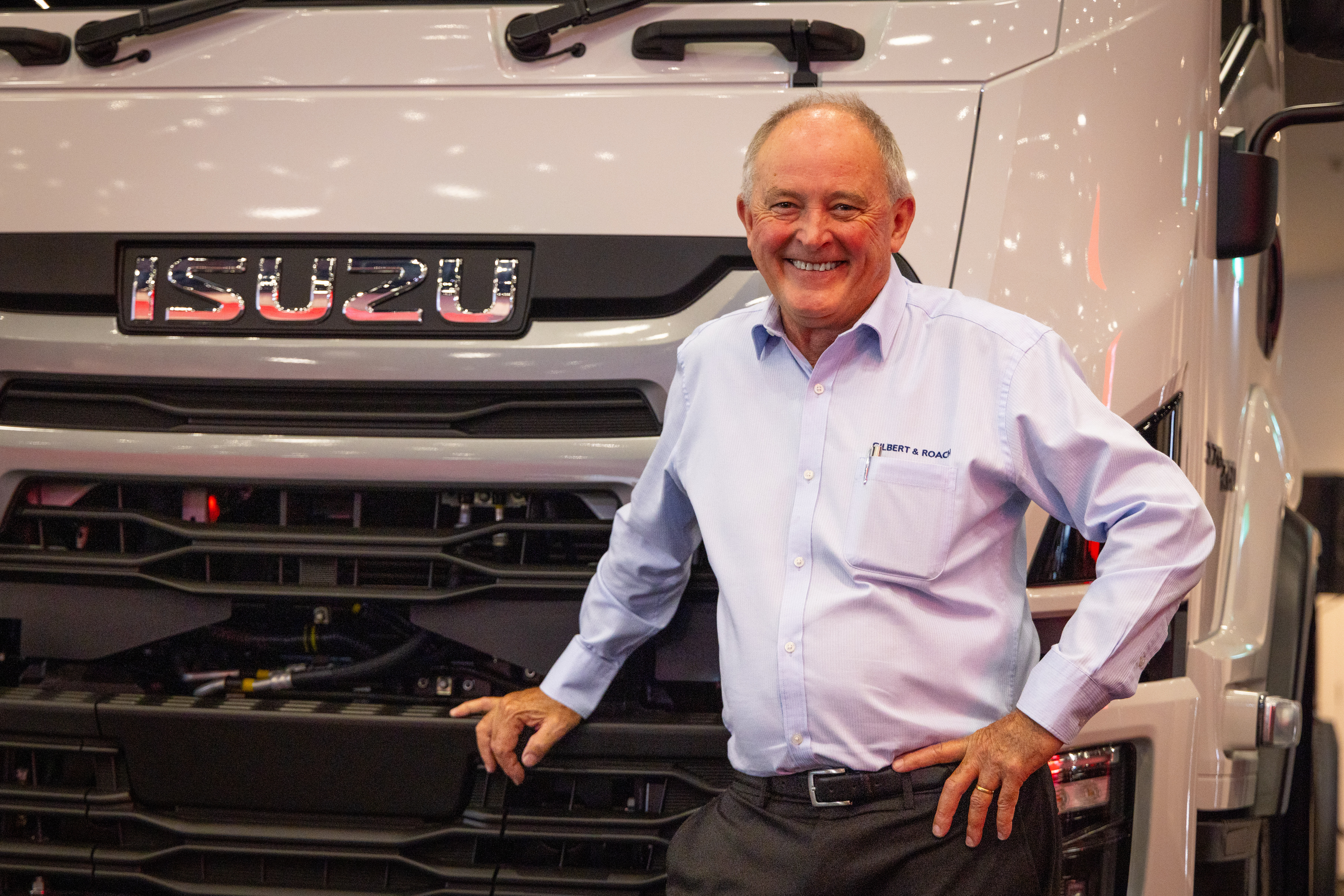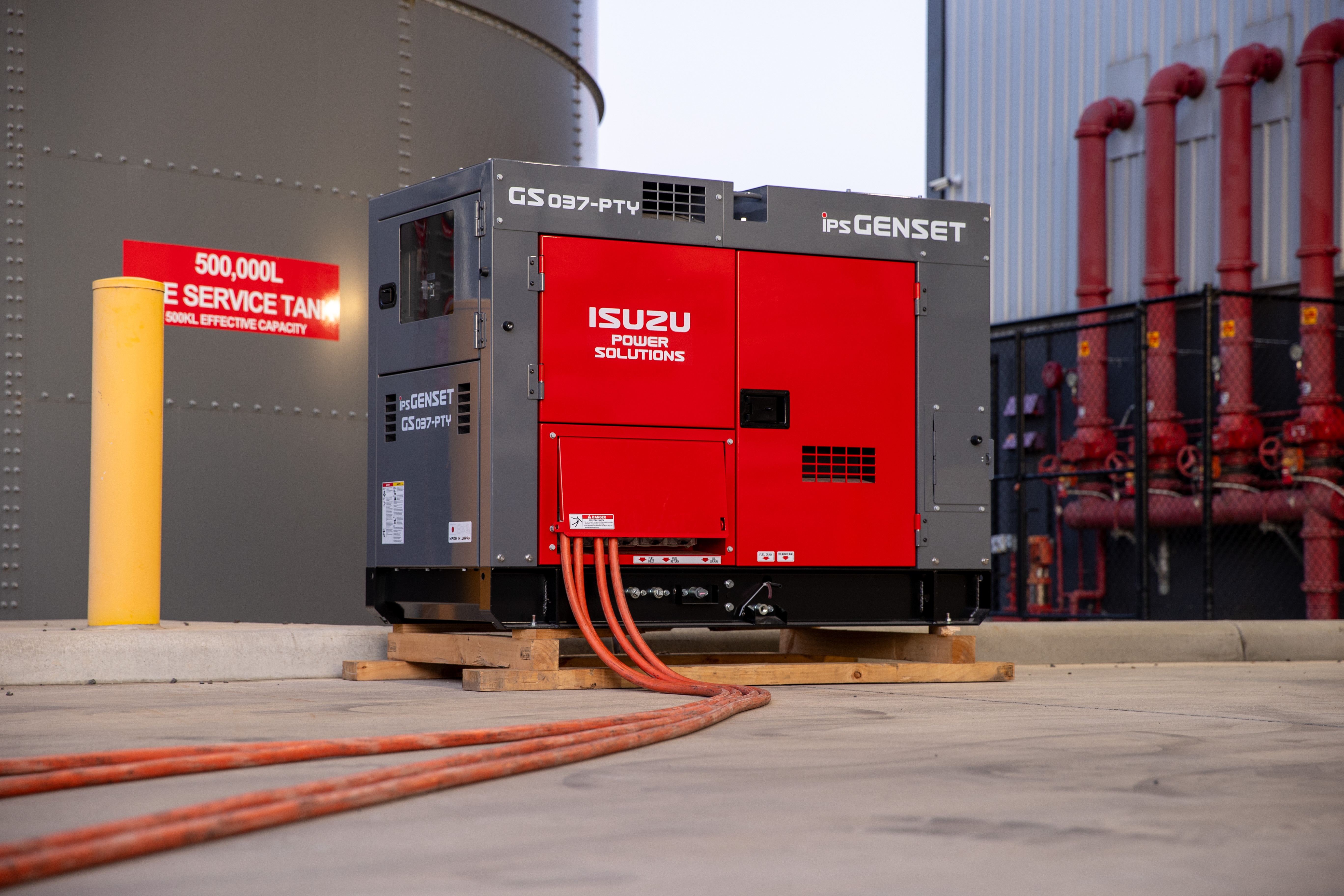Waste Not, Want Not: The Trucks Behind Our Waste Industry

Garbage truck, dustcart, junk truck, dumpster, bin wagon, dust lorry… There sure are a lot of different names for a good old rubbish truck.
Part of the “hidden in plain sight” industry, waste trucks are highly visible, yet go largely unrecognised in everyday life as they trundle along city streets, collecting our waste and recycling. They’re also an integral cog in the industrial wheel, used in a plethora of applications from demolition extraction to asbestos removal. You might not spend a lot of time thinking about waste, but waste management is a multi-billion dollar industry. It’s currently worth around $12.6 billion in Australia, and contributes $6.9 billion to the economy per annum. And the industry is equipped with fascinating machinery, with a wealth of innovative design and technology. So whether its commercial, industrial, municipal or hazardous waste, there’s a truck to match the job. Generally denominated by the direction of their collection system (think side, back and front loaders), waste collection trucks are varied, coming in all shapes, styles and sizes. Photo source: Superior Pak
Side loaders
True to the name, side loaders are loaded from the side, usually with the assistance of a robotic arm with a claw (often called a bin tipper).
Controlled by a joystick, this claw grabs onto a waste receptacle—such as a wheeled bin—and the arm retracts to tip the contents into the truck’s hopper.
An automated side loader requires only one operator and has become a popular choice in kerbside municipal collection.
Photo source: Superior Pak
Side loaders
True to the name, side loaders are loaded from the side, usually with the assistance of a robotic arm with a claw (often called a bin tipper).
Controlled by a joystick, this claw grabs onto a waste receptacle—such as a wheeled bin—and the arm retracts to tip the contents into the truck’s hopper.
An automated side loader requires only one operator and has become a popular choice in kerbside municipal collection.
 The efficiency of an automated side loader is often complemented by dual-control operation, which allows for precise alignment with bin pick-up and easier control with the flick of a switch.
The efficiency of an automated side loader is often complemented by dual-control operation, which allows for precise alignment with bin pick-up and easier control with the flick of a switch.
 Photo source: Superior Pak
Front loaders
The front loader is the best friend of skips and dumpsters all over the world.
Usually servicing commercial and industrial businesses, these trucks are often fitted with powered forks on the front to pick up large waste containers. The forks are aligned to the sleeves on the container, which is then flipped upside down over the truck’s hopper.
Manipulating the forks of a front loader requires a lot of concentration. Considering that most trucks operate in bustling, populated spaces, you have to admire the skill it takes to manoeuvre these big containers into the truck’s body.
Photo source: Superior Pak
Front loaders
The front loader is the best friend of skips and dumpsters all over the world.
Usually servicing commercial and industrial businesses, these trucks are often fitted with powered forks on the front to pick up large waste containers. The forks are aligned to the sleeves on the container, which is then flipped upside down over the truck’s hopper.
Manipulating the forks of a front loader requires a lot of concentration. Considering that most trucks operate in bustling, populated spaces, you have to admire the skill it takes to manoeuvre these big containers into the truck’s body.
 An Isuzu FVY 6 x 4 rear loader Bingo Bins waste truck on display at AWRE 2018.
Rear loaders
Rear loaders are commonly used in high-density commercial waste collection and where access space is limited, like back lanes and alleyways.
There is often some aspect of manual handling involved with a rear loader: a waste collector throws bags or empties bins into the rear of the truck, or they manipulate an automatic mechanism that lifts the waste up into the back.
The waste then slides into the hopper and is compacted towards the front of the truck (unlike the side and front loaders, which are always compacted towards the back).
An Isuzu FVY 6 x 4 rear loader Bingo Bins waste truck on display at AWRE 2018.
Rear loaders
Rear loaders are commonly used in high-density commercial waste collection and where access space is limited, like back lanes and alleyways.
There is often some aspect of manual handling involved with a rear loader: a waste collector throws bags or empties bins into the rear of the truck, or they manipulate an automatic mechanism that lifts the waste up into the back.
The waste then slides into the hopper and is compacted towards the front of the truck (unlike the side and front loaders, which are always compacted towards the back).
 Vacuum (pneumatic) collection truck
Vacuum trucks are industrial vehicles with some seriously impressive modifications. Usually sporting a “mouthpiece” connected to a vacuum pump and tank, this truck visits waste reservoirs such as an underground sewer and suctions the liquid out using vacuum force technology.
The key to a vacuum truck is the powerful pump that pulls air out of the tank. Once all air is removed from the tank, a vacuum force is created and the vacuumed space inside the tank equalises itself with outside atmospheric pressure outside. It then proceeds to suck up any fluids or liquids in contact with the vacuum (see here for a more detailed explanation of vacuum forces).
Grapple and roll-off trucks
Both grapple and roll-off trucks are useful in collecting bulky or oversized waste.
Grapple trucks are armed with a hydraulic knuckle boom tipped with a clamshell bucket or grapple, which can grip and carry items like logs, furniture and large pieces of debris. This truck usually has a large dump trailer or tipper body to carry heavy loads.
Vacuum (pneumatic) collection truck
Vacuum trucks are industrial vehicles with some seriously impressive modifications. Usually sporting a “mouthpiece” connected to a vacuum pump and tank, this truck visits waste reservoirs such as an underground sewer and suctions the liquid out using vacuum force technology.
The key to a vacuum truck is the powerful pump that pulls air out of the tank. Once all air is removed from the tank, a vacuum force is created and the vacuumed space inside the tank equalises itself with outside atmospheric pressure outside. It then proceeds to suck up any fluids or liquids in contact with the vacuum (see here for a more detailed explanation of vacuum forces).
Grapple and roll-off trucks
Both grapple and roll-off trucks are useful in collecting bulky or oversized waste.
Grapple trucks are armed with a hydraulic knuckle boom tipped with a clamshell bucket or grapple, which can grip and carry items like logs, furniture and large pieces of debris. This truck usually has a large dump trailer or tipper body to carry heavy loads.
 Roll-off trucks are typically found in construction and demolition industries and are also used for transporting a variety of heavy commercial waste like trash and cardboard compactors. Roll-offs sport a hydraulic tipper to raise the bed of the truck, “rolling off” large containers backwards using a series of in-built wheels on the bed of the truck.
Start with waste, end with progress
Waste management may not seem like the spiciest topic, but there is a lot of research and development continually going into this evolving industry.
As waste trucks navigate a growing range of situations—from picking up bins in busy residential areas, to travelling rocky roads to the tip site—and the increasing demands of the current waste and recycling landscape, smarter trucks can only be expected.
Interested in our everyday waste experts? Check out Metro Waste and their fleet of Isuzu trucks doing the dirty work.
Roll-off trucks are typically found in construction and demolition industries and are also used for transporting a variety of heavy commercial waste like trash and cardboard compactors. Roll-offs sport a hydraulic tipper to raise the bed of the truck, “rolling off” large containers backwards using a series of in-built wheels on the bed of the truck.
Start with waste, end with progress
Waste management may not seem like the spiciest topic, but there is a lot of research and development continually going into this evolving industry.
As waste trucks navigate a growing range of situations—from picking up bins in busy residential areas, to travelling rocky roads to the tip site—and the increasing demands of the current waste and recycling landscape, smarter trucks can only be expected.
Interested in our everyday waste experts? Check out Metro Waste and their fleet of Isuzu trucks doing the dirty work.



The all-new Isuzu truck range is about to arrive.
Register your interest and we'll keep you in the loop with the latest updates.
Learn More



